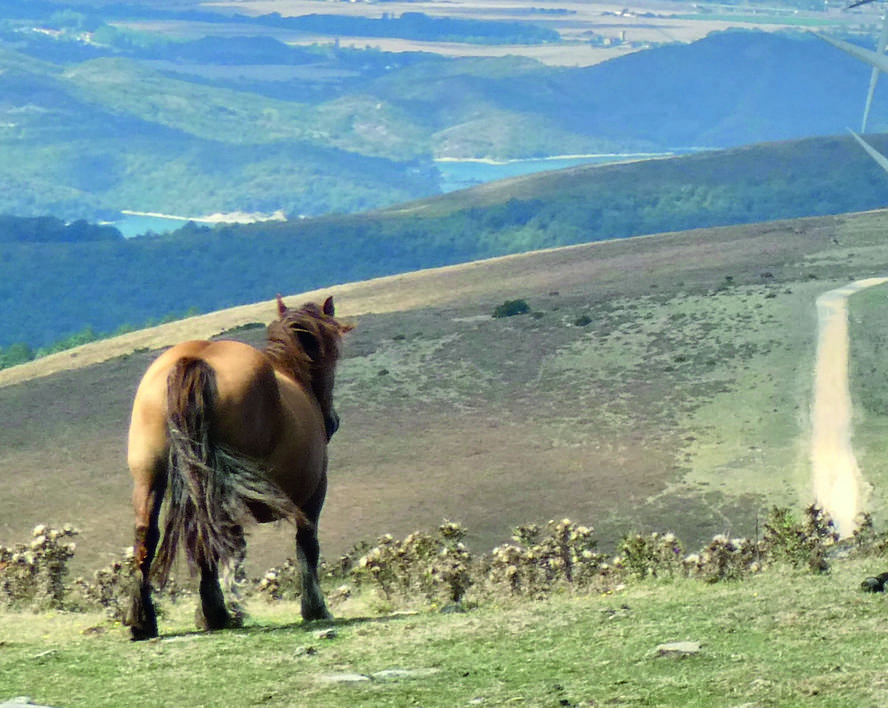Wind farms, fair transition and climate change
"What giants?" "Sancho Panza.
“You see them there,” the master replied, “long arms, with almost two leagues.
Since the last century, the international community has been aware of climate change, its serious consequences for the life of the planet and its anthropogenic character. Measures to address this include the promotion of renewable energy, which allows the hypothetical decarbonisation of the economy and the disruption of the use of fossil fuels for energy generation.
In recent years, the installed capacity of wind energy has grown exponentially. Globally, on land, it went from 178 GW in 2010 to 699 GW in 2020. Technological progress has been fundamental: In 1985, an aerogenerator had a nominal power of 0.05 MW and a rotor of 15 m in diameter, currently on the ground it has a capacity of 7 MW with a rotor of 170 m in diameter. This means cost reductions and attractive price reductions. From a social point of view, however, it has found different levels of opposition.
In the world of impact assessment there is a premise: every infrastructure project generates negative social and environmental impacts. This is the case for wind power parks. However, one of the demands used for the development of large projects is that their social and environmental impacts are very low or almost zero compared to fossil sources.
Because what is an aerogenerator? Faced with the question, there are answers like the symbol of sustainability and energy transition, the centrepiece of the green economy, the industrial product, the business opportunity, the source of pollution or the new form of colonialism.
Opposition to wind farms occurs in all regions of the world where they are located. However, stakeholders who claim that social and environmental impacts are almost nil seek to disqualify their opponents by minimizing the impacts they report: noise and its impact on health, impact on landscapes, ecosystems and natural and cultural heritage, inequalities within communities and, in general, occupation of the territory.
Belittling opponents is not the best way to achieve a just transition. And it creates tension, damaging the social fabric. Above all, social impacts focus little on public policies promoting projects.
In the Autonomous Community of the Basque Country, the Law on Energy Transition and Climate Change has just been published, which proposes as guidelines the deployment of renewable energies. While the rule contains interesting proposals, it is also true that the opposition has increased in view of the prediction of new wind projects.
The main criticism of major wind projects is that they are planned and developed with the same economic logic as always and for him. That what led us to the ecological crisis is, paradoxically, what gives meaning to projects.
Faced with the need to decarbonise the economy and reduce our emissions rapidly, without seriously damaging the economy, it is necessary to develop renewable energy projects. But this does not mean that projects cannot be carried out with a different logic: by proposing instruments for social and Community participation from the start of planning, for example, consultation processes. In turn, exploring association models for action between communities and companies, establishing benefit distribution models and explicitly indicating in the equation that negative effects are eliminated. In fact, the energy demand for such projects is not directly related to the energy needs of the affected community.








